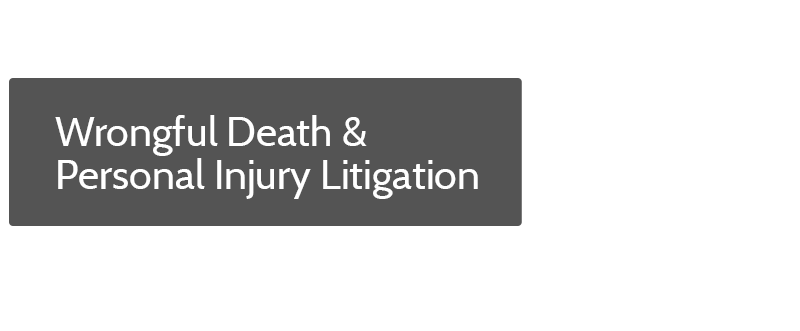When is Property “Owned” by the Government?
INJURED PERSONS NEED TO DETERMINE WHO OWNS (OR CONTROLS) THE PROPERTY WHERE THE INJURIES OCCURRED.
People who suffer personal injuries or property damage due to someone else’s negligent maintenance of property, or due to hazardous conditions on property, need to determine who is legally responsible for the property in question. While it’s tempting to blame the property owner, and file a lawsuit immediately, injured people can suffer further injury–in the form of lost claims and inability to recover damages–if the lawsuit names the wrong defendant (or fails to name the right one.) Moreover, where property is owned by the government or other public entities, injured plaintiffs must normally comply with additional procedures before filing a lawsuit to recover damages.
Before filing a lawsuit, consult an experienced attorney and make sure you know who owns, or is legally responsible for, the property where your injuries occurred. If you don’t know the answer, an attorney may be able to help you.
WHEN IS PROPERTY “OWNED OR CONTROLLED” BY A GOVERNMENT OR PUBLIC ENTITY?
The easiest answer to this question is that a public entity “owns” real property when the government entity is the title holder named on the property’s deed or title documents. Records showing the ownership of property are normally kept in the County Recorder’s Office, and copies of those records (public ones, at least) can often be obtained for a fee.
Government agencies and public entities “control” property, in a legal sense, when they have the power to prevent, remedy, or warn people about the dangers that exist on that property. However, this requires direct control, as opposed to merely the authority to force the property’s private owner to act.
If the government, or a public agency, formally “accepts” a road, street, or highway, and accepts responsibility for maintaining the thoroughfare, the government may also become liable if the road is thereafter maintained in a negligent or hazardous condition. However, the government generally is not liable for injuries occurring on, or the dangerous condition of, streets and roads that have not been formally accepted into a government or public entity’s roadway system.
Also, government entities are not normally responsible for the condition of, or injuries occurring on, private easements which run across publicly-owned land. Instead, the entity which benefits from the easement normally has the obligation to maintain the easement area.
THE GOVERNMENT’S POWER TO INSPECT PROPERTY AND ENFORCE THE LAW IS NOT “OWNERSHIP AND CONTROL” FOR PURPOSES OF PREMISES LIABILITY.
The government’s authority to enforce regulations (for example, building codes) and order modifications to land and structures on the land (for example, to condemn and require removal of dangerous or decaying structures) is not the kind of “control” that makes the government liable for injuries occurring on the property. This is generally true even if the government agency knew about the danger and did not force the property owner to remedy or fix the problem before an injury occurred.
***
Disclaimer: THIS ARTICLE IS FOR INFORMATIONAL PURPOSES ONLY, AND DOES NOT CONSTITUTE LEGAL ADVICE OR CREATE AN ATTORNEY-CLIENT RELATIONSHIP BETWEEN THE AUTHOR AND ANY PERSON. Your rights and experiences may vary. Never use an online article (including this one) to evaluate your legal claims. Speak with an experienced lawyer promptly to obtain a personalized evaluation of your claims, possible damages, and options. You may lose or compromise your rights if you delay in consulting legal counsel. Negligence and premises liability claims are complicated and fact-dependent. If you believe you have a claim against a property owner who permitted or failed to repair a dangerous condition, or any other type of legal claim, consult an experienced lawyer immediately for an evaluation of your possible rights and claims.














